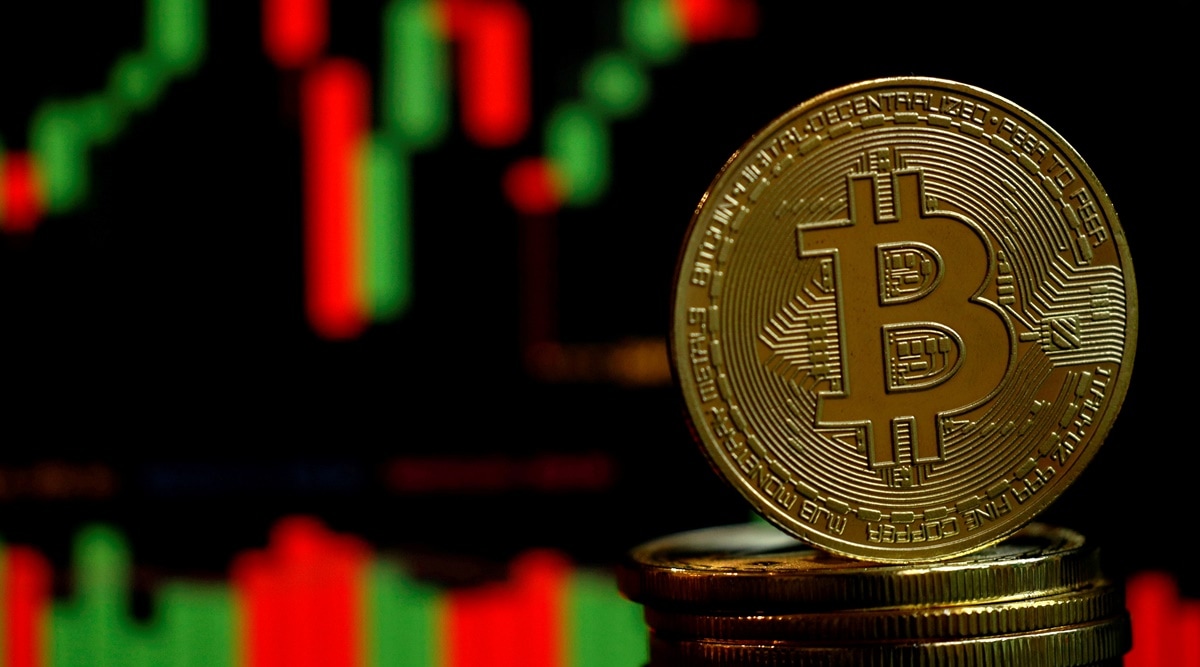
Cryptocurrency is all the buzz and with all the attention it’s gaining, comes the new slang. The jargon that was used for inside jokes in early trading chat rooms on Discord and on Reddit threads is now important terms in the crypto frenzy. You might see crypto enthusiasts on Twitter say something like, “just ‘HODL’ your bitcoin for long term, What a classic case of ‘pump and dump’, Dogecoin’s really ‘mooning’, etc.,”
Novice investors or even veterans might find it difficult to understand the meaning of these slangs, so we decided to compile a list of popular slangs used in the cryptocurrency world to help those who may be unaware.
HODL
The term ‘HODL’ refers to holding a cryptocurrency, even after its value crashes. The jargon slipped into the crypto investors vocabulary, after a user at a Bitcoin talk forum in 2013, made a typo in the word hold, writing the word HODL in panic.
Some people even interpret the acronym as: “hold on for dear life”, the idea is to hold the position rather than selling off cryptocurrency in a panic if volatility increases.
Interestingly, the word was most used after the cryptocurrency market plunged by 37 percent on 19 May. The drop was triggered by China’s effort to crack down on mining and trading of crypto assets.
FUD
FUD is an acronym that expands to “Fear, Uncertainty, and Doubt”. This is a trick to spread negativity about a crypto coin and its future, in order to spread doubt, fear, and uncertainty in the minds of crypto investors, which could cause a certain coin, or the entire cryptocurrency space to drop in price.
People who spread FUD are called ‘fudders’. Experts advise to watch out for unwarranted fud, as this can cause selloffs and decrease a coin’s value, affecting the investors.
To the Moon/ Mooning
“To the moon” means that the price of a cryptocurrency has reached its peak value and is rising off the charts. Similarly, a coin can also be described as ‘mooning’ – when it has done over 100 percent increase within a short period. The phrase became popular after the 2017 peak, when Bitcoin gained traction and its value topped to $20,000.
Initially, the phrase was used to refer to Bitcoin’s ability to increase in value, however, the phrase is now used for any cryptocurrency with the ability to rise in price.
Whale
Crypto whales are entities who hold a large number of coins of a particular cryptocurrency.There is no “official” threshold to be considered a whale, but when it comes to Bitcoins, 1,000 coins is the most commonly used figure.
A whale may also be defined as a person that has enough coins or tokens to cause a significant impact on the market prices, either by buying or selling large amounts. ‘Whales’ put huge buy orders on the market at higher prices, which raises the price of the coin. Any movement by whales will potentially gain attention, and manipulate the price of the crypto market.
Pump and dump
‘Pump and dump’ is a tactic used by big investors to take money from innocent investors by encouraging them to buy a specific crypto coin, and then manipulating it.
A pump occurs when a group of investors—such as whales, hold a substantial percentage of a coin’s available supply at a low price point. They facilitate hype based for the majority on false statements, which creates demand within the market, and shoot the price up, this is called pumping.
After the initial investments have been pumped, these investors sell all of their holdings, making massive profits, but dropping the price of the coin drastically.
Sats
‘Sats’ stands for ‘satoshis,’ a term derived from the first name of Satoshi Nakamoto, a pseudonymous person or persons who developed Bitcoin. Satoshis refers to the smallest fraction of a Bitcoin that can be sent, which is 0.00000001 of a Bitcoin. 1 Bitcoin is equivalent to 100,000,000 satoshis.
Bagholders
‘Bagholder’ refers to someone who continues to hold large amounts of a specific coin regardless of its performance. For ‘Bagholders’, the price of the crypto coin does not matter. These investors are either unaware of their trade’s drop in value, or wait to sell at a higher price. However, they end up being the last holders of a failing investment, and therefore become ‘Bag holders’.
To put it simply, if an investor stubbornly wants to hold their position coins even though he/she can sense the tumble but decide to not sell their positions, then he/she would be called a ‘Bagholder’.
Shilling
Shilling means promoting any crypto coin through implicit advertising. Shilling attempts to spread buzz about a coin by personally endorsing the product in public forums— with the pretence of unpaid promotion, when in fact he/she is being paid for his services.
Usually a shill (someone who performs shilling), draws attention towards the coin, as a result of which its demand increases and the value is spiked.
Paper Hands
An investor who has low risk tolerance, and exits a trade at the first sign of risk is called ‘paper hands’. Be it a decrease in price, or simply a gut feeling, they will not hesitate to sell and get out. They are easily shaken by market volatility.
Cryptosis or OCD (Obsessive Crypto Disorder)
Someone who desires to absorb every bit of information about cryptocurrency. According to The Merkle, Obsessive Cryptocurrency Disorder, or OCD, is a condition developed by investors and they become obsessive about it. “They watch Bitcoin prices rise and fall, all day and night.”
Disclaimer: Cryptocurrency is an unregulated space and digital currencies are not backed by any sovereign authority. Investing in cryptocurrency comes with market risks. This article does not claim to provide any kind of financial advice for trading or buying cryptocurrency.
